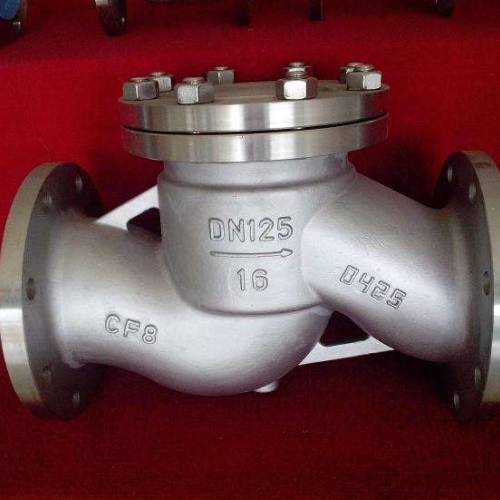ball valve gate valve globe valve
Understanding Ball Valves, Gate Valves, and Globe Valves A Comprehensive Overview
In the realm of fluid control systems, valves play an integral role in regulating flow and pressure. Among the various types of valves used across industries, ball valves, gate valves, and globe valves are three of the most commonly employed types. Each of these valve types serves specific functions and offers distinct advantages and disadvantages.
Ball Valves
Ball valves are widely celebrated for their durability and excellent flow control capabilities. They consist of a spherical disc (the ball) that rotates within the valve body to open or close the flow pathway. One of the primary advantages of ball valves is their ability to provide a tight seal and minimize leakage, making them ideal for applications involving high pressure and critical fluids.
Ball valves are typically used in applications where quick shut-off is necessary. They can be operated quickly and easily, with a quarter turn needed to open or close the valve. Due to their straightforward design, ball valves exhibit low friction loss, resulting in minimal pressure drop. They are often constructed from robust materials such as stainless steel, making them suitable for a wide range of temperatures and pressures.
However, ball valves are not always the best choice for throttling applications due to their design, which does not allow for fine control of flow
. Instead, they are mainly recommended for on-off control in pipelines.Gate Valves
Gate valves, on the other hand, operate using a sliding gate mechanism. The gate slides between two seats to either block or allow fluid flow. This type of valve is particularly effective for applications that require a straight-line flow of fluid with minimal pressure loss. Gate valves are commonly used in water supply systems, wastewater treatment plants, and other industrial processes.
One of the notable features of gate valves is their ability to handle large volumes of fluid without significant pressure drop. They are best suited for fully open or fully closed positions, making them less effective for throttling. Additionally, gate valves can be difficult to operate in tight spaces, as they require a considerable amount of space for the gate to rise and fall.
ball valve gate valve globe valve

While they offer excellent flow characteristics, gate valves have some drawbacks. Over time, the seals in a gate valve may wear out, leading to potential leakage. Additionally, they may require more effort to operate compared to other valve types, particularly as they age.
Globe Valves
Globe valves are designed for throttling and flow regulation. Unlike ball and gate valves, globe valves use a spherical body and a movable disk (the plug) that seats against a stationary ring. This design allows for a more controlled flow, making globe valves an excellent choice for applications requiring precise flow adjustment.
One of the advantages of globe valves is their ability to provide fine control over the flow rate, which is crucial in processes where the exact flow volume is important. They are often used in steam applications, gas pipelines, and chemical processing plants due to their ability to withstand high pressure and temperatures.
However, globe valves have a higher pressure drop than ball and gate valves due to their design, which can impede flow. Additionally, they generally require more space compared to other valves, making them less ideal for compact installations.
Conclusion
In summary, ball valves, gate valves, and globe valves each have unique qualities that make them suitable for different applications. Ball valves excel in quick shut-off scenarios with minimum leakage, making them ideal for high-pressure systems. Gate valves are best suited for on-off control in applications requiring high flow rates and minimal pressure drop, while globe valves are preferred for applications requiring precise flow regulation.
Choosing the right valve type depends on the specific requirements of the application, including the nature of the fluid being controlled, pressure and temperature conditions, and the required flow regulation capabilities. A thorough understanding of these valve types and their functions is essential for effective fluid control in industrial and commercial settings.
-
The Versatility of Ball Valves in Fluid Control SystemsNewsJun.10,2025
-
The Practical Benefits of Centerline Butterfly ValvesNewsJun.10,2025
-
The Benefits of Bellows Seal Globe Valves for Industrial SystemsNewsJun.10,2025
-
The Advantages of Offset Butterfly ValvesNewsJun.10,2025
-
Ductile Gate Valves: Strong, Reliable, and Essential for Every SystemNewsJun.10,2025
-
Cast Iron Gate Valves: A Reliable Solution for Every SystemNewsJun.10,2025
-
Why Choose a Brass Gate Valve for Superior Performance and DurabilityNewsMay.09,2025




